…and how it compares to campervan living
We’ve heard of “tiny homes”, and of course we’re well-versed in the joys of campervan dwelling… but there’s a new way of living that’s seen a dramatic rise in popularity in recent months. But what is hutting and how does it differ to the tiny house movement?
This blog post will explain what the hutting movement is all about, explore its benefits as a lifestyle change, and compare it to what we know best – campervan life!
What is hutting?
During the last year there has been an upsurge in new hutting communities, particularly in the peaceful landscape of the Scottish hills and forestland.
Hutting is the term used to describe a traditional style of living which emerged in Scotland between the First and Second World Wars, whereby industrial workers would pay a small ground rent to landowners in order to build a hut and live there with their families. Historically, huts tended not to have running water or electricity, and were simple and eco-conscious in design. Usually they were made from a timber structure and featured a compost toilet and wood burning stove.
These rustic dwellings, sometimes referred to as bothies, cabins or shielings, were often used as temporary shelters for fishermen or those tending to livestock. Today they are seen more as a rural getaway – somewhere to escape the stresses of busy city life.
‘Hutting’ offers a restful retreat where one can enjoy and reconnect with nature. They provide a safe-haven to focus on a simpler way of life; perhaps somewhere to concentrate on creative endeavors such as writing or painting. They can either be a place of solitude or an opportunity for a family to get back to basics and spend more quality time together.Hutting culture became somewhat eroded over the last few decades due to the toughening up of land access rights and a change in attitudes from landowners. However it is now seeing a comeback as interest grows and planning permission increases.
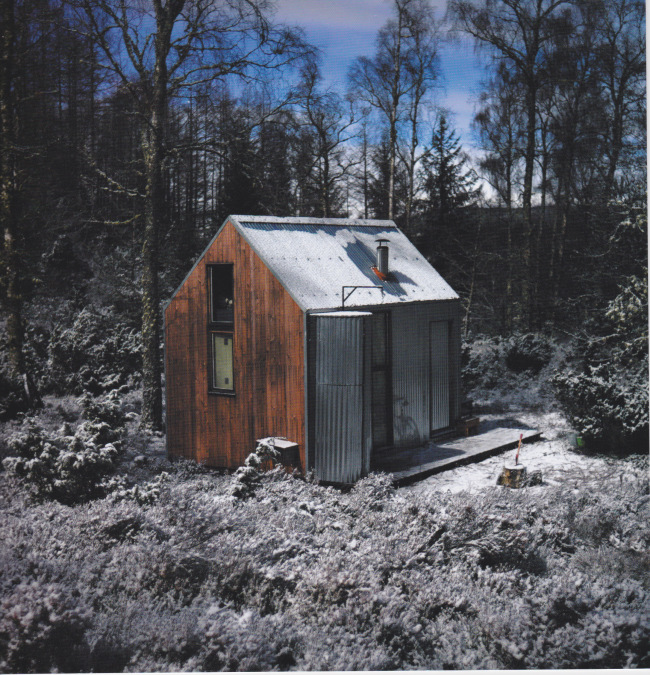
Affordability of huts
Another positive aspect of hutting, which sets it apart from the tiny home movement is that huts are also defined by their affordability.
According to the Scottish Planning Policy (SPP), any new hut development must adhere to the affordable tradition of the hutting communities of bygone years. It should be an ‘affordable way to create places that enrich people’s lives, without the need for highly processed materials.’
It is hoped that as a result a more sustainable community can be created – one which reaps rewards for society as a whole. The ethos behind the affordability aspect is to keep hutting as accessible as possible, so that everyone can access nature for its benefits.
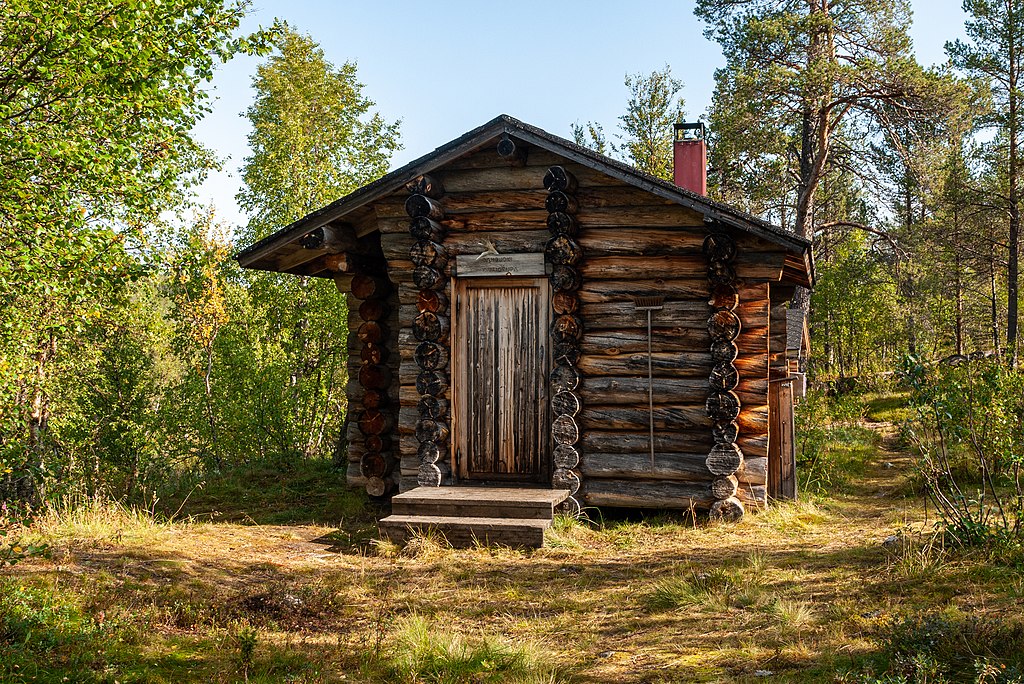
What is the definition of a ‘hut’?
In regards to the terminology of the word ‘hut’ itself, it can be a little confusing, as the words ‘hut’, ‘chalet’, ‘bothy’, ‘pod’ or ‘cabin’ are often used interchangeably.
A ‘hut’ is determined by its size, construction and use:
A hut:
- A simple building used intermittently as recreational accommodation (i.e. not a principal residence)
- having an internal floor area of no more than 30m2
- constructed from low impact materials; generally not connected to mains water, electricity or sewerage
- …and built in such a way that it is removable with little or no trace at the end of its life.
From the glossary of Scottish Planning Policy (SPP)
Reforesting Scotland sets out a hut’s main purpose as;
‘Primarily being about spending time in nature, peace and quiet, companionship or perhaps solitude, away from busy lives. They [huts] are about creating a space to restore mind, body and spirit.”
The ecological ethos of the hutting movement
One aspect of hutting that feels similar to our own Love Campers ethos, is the importance of low impact and sustainable living practices. The New Hutting Developments guide from Reforesting Scotland describes the movement as having the potential to increase low carbon living across all aspects of life.
The Scottish Planning Policy states that any new hut must only be built in a way which is ‘ecologically sustainable in terms of its design, materials, construction and waste management’.
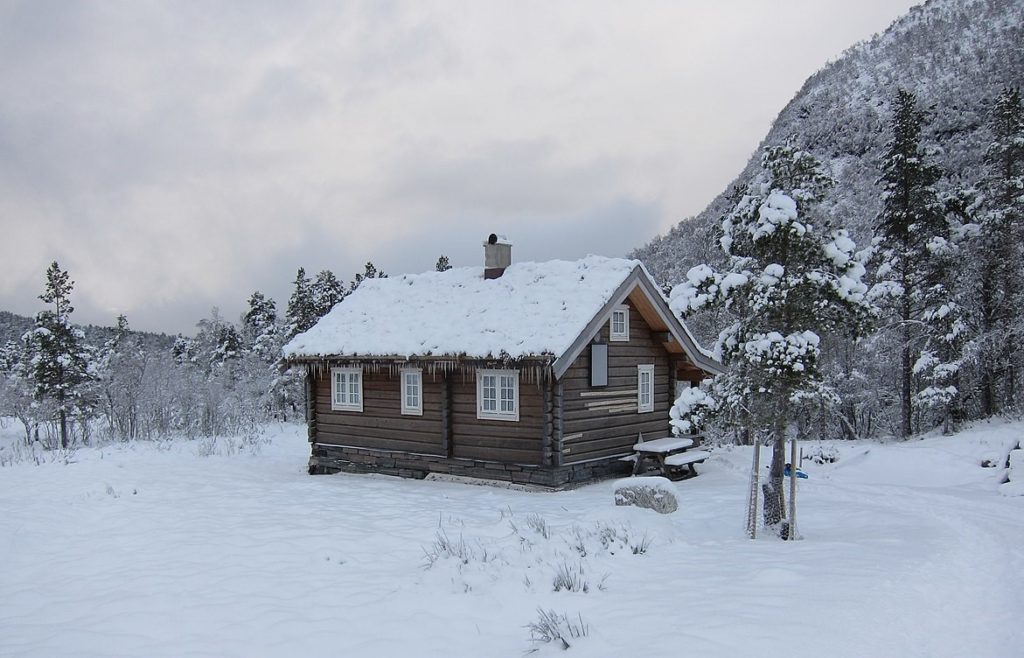
From Scandinavia to Scotland
Of course, the hutting way of life is not just limited to the hills of Scotland, with a large influence initially coming from the cabins found all across Scandinavia. In Norway, Sweden and Finland hutting culture is central to family life with many using these second homes as a weekend bolthole to escape the city. A recent Guardian article reported that as many as one in 10 Norweigian families now have a holiday home, with 93% of these being the purpose-built wooden hytte (huts).
In Norway alone there are almost 500,000 cabins, whereas in Scotland it is estimated that there are currently fewer than 600. However, this is set to change with the current attention the lifestyle is gaining.
A new era of hutting in Scotland post Covid-19?
This resurgence of interest into hutting life comes at a time when many of us have been reassessing our current living conditions, and thinking about what’s most important to us. It seems likely that Scotland will continue to embrace the return of hut culture as the pandemic eases.
This revival of hutting in Scotland is in part due to the great work of Reforesting Scotland and the 1000 Huts project, which both campaign for a healthy and sustainable forest culture. The 1000 Huts initiative aims to bring society closer to nature by encouraging people to build their own hut or hut site. 1000 Huts acts as a resource hub for all hut enthusiasts; offering guidance and information for anyone who’s interested in joining the hutting community. It is their hope that moving towards a culture that values hutting will cultivate the skills needed for a more ecological future for everyone.
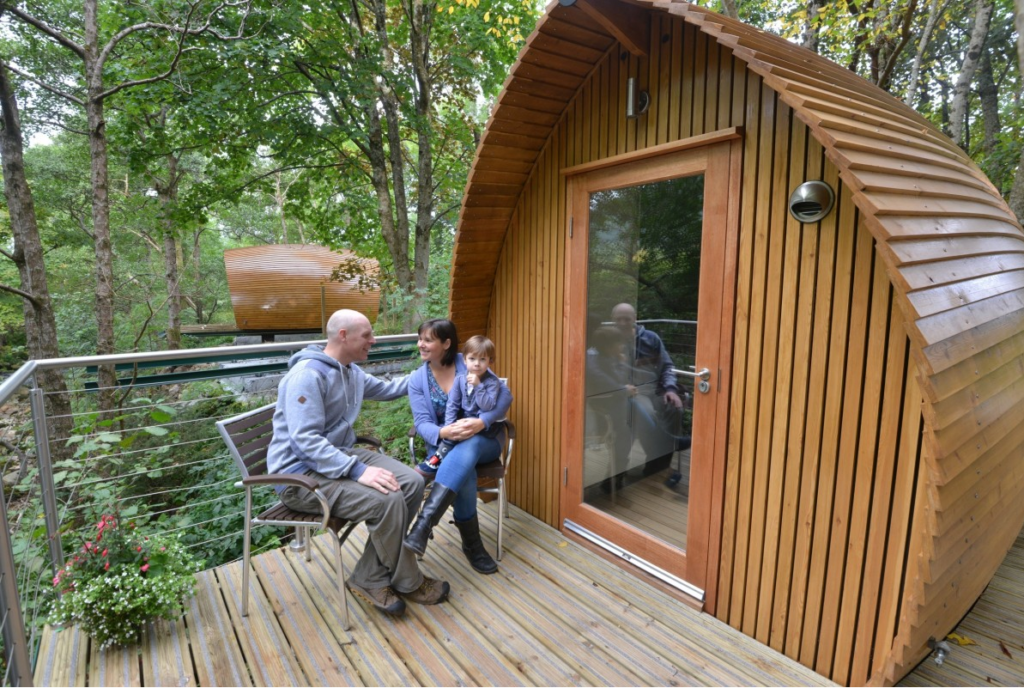
Benefits of the hutting movement
So, what are some of the main benefits of hutting?
Health and wellbeing
As people have become increasingly disconnected from nature, huts are seen as an important and necessary way to establish a sense of wellbeing. The practice of hutting also has great benefits for people’s mental health as it offers them a break away from the stresses of modern-day living. It gives people a chance to recuperate in a non-polluted and peaceful environment.
Education on the natural environment
Hutting provides an access point to the outdoors and encourages a deeper connection with nature. And of course, as people gain a greater understanding of the natural world they are more likely to protect it. Hutting acts as a brilliant way to teach children to appreciate the environment.
Creating positively impactful communities
Hutting builds community and empowers people to take responsibility for the natural environment around them. It can encourage self-sufficiency and resilience within the communities that live together. On a more personal level, hutting gives an opportunity for creativity and reflection. Research has shown that one of the main benefits of hutting is the strengthening of family bonds.
Developing the skills needed for low carbon living
‘Hutters’ experience the natural world first-hand which allows them to reflect on the effects of their behaviour. In this way hutting provides an invaluable education on the need to minimise waste and live in a low-impact way.
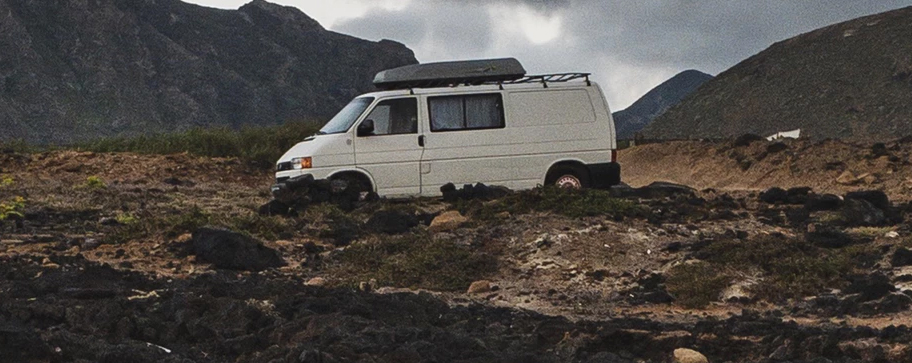
Hutting compared to campervan life
A reason that we felt so compelled to write about hutting on the Love Campers blog is that the reported benefits are so similar to those that we experience within the ‘van life’ movement.
Campervanning also meets some of the same very basic human needs: it gives us the opportunity to get outdoors into nature and to spend time with the people we love. It encourages a simpler and more appreciative lifestyle.
A difference between campervanning and hutting is that campervanning allows us to move around. Whereas a hut will allow you the opportunity to really commune with a particular location, campervanning allows us to move around and appreciate different views on different days.
Another thing to consider is that the hutting movement is Scottish. So for those of us elsewhere in the British isles, campervanning may be the closest we get to the hutting experience for the time being. Even in Scotland, those who want to build a hut have to own the land in question or be permitted by the landowner to build on it. And while regulations have now been relaxed for the building of huts in Scotland, planning permission is still required.
If you’re interested in campervan living you may wish to take a look at our campervan conversions or current vans for sale.
And if this article has piqued your interest into these simple shelters in the woods, and you’re keen to find out more, we’d recommend the following resources:
- Good Practice Guide on the planning, development and management of huts and hut sites
- 1000 Huts – Getting Started with Hutting
- Guardian article – Cabin fever. Will Scotland embrace hut culture after Covid?
- Huts. A Place Beyond. – A book by Lesley Riddoch
- Ninian Stuart – and his ‘Do Nothing Hut’
Thanks for reading. More on the Love Campers blog below.
Check out our other blog posts:
- Custom Campervan Conversions: The Perfect Mobile Home Office?
- Using a Campervan for Day Trips in a Socially Distanced World.
- 6 Wood Finishes for your Campervan
Follow us on our Facebook and Instagram accounts for our latest news and posts!
